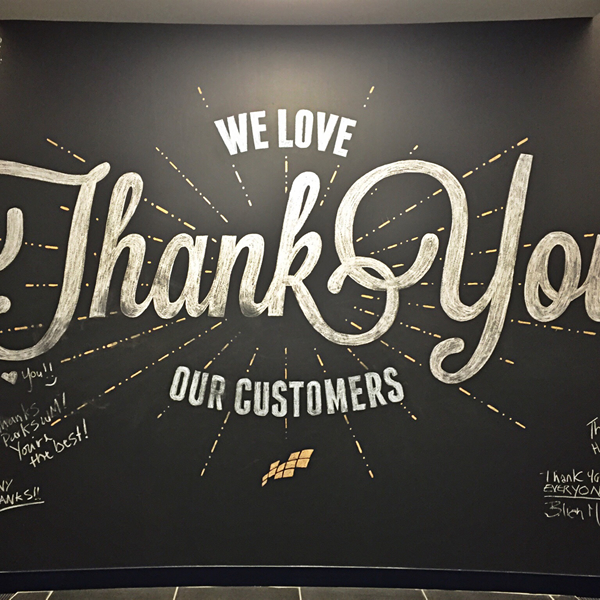Repositioning Your Brand – 10 Situations
by Dave Alder
![]()
Repositioning enables companies to change the way customers associate with their brands and products. It provides a revised brand promise and sometimes even personality. If developed effectively and implemented successfully, the result is a renewed customer perception—enabling brands to compete more effectively through distinction.
Here are 10 circumstances in which a repositioning should be considered.
1. Your Industry’s Changing Around You
Are you operating in a sector that’s its losing relevance? If so, before you pull down the shades and leave the key under the mat, take a step back and consider the value of repositioning. When developed correctly it can have the ability to tackle disruptive forces and make your business enduring and successful.
2. You Don’t Stand For Anything
Does your brand have a recognizable purpose? Do customers see you as a company that stands for something clear and authentic? Every brand needs to have a reason for being. It has to be 100% proprietary, actionable and believable. If you can’t say that’s the case, then it’s time to act.
3. Your Products Have Evolved
The product pipeline is usually an evolving beast. Perhaps you’ve added an entirely new product that has huge potential but doesn’t fit with your positioning. Or new features could have been integrated into existing products that cater for different needs. Brand promise and product development can’t be out of step. A review of your positioning is needed. Ideally your brand platform guides new product development, but if the train has left the station—perhaps due to internal misalignment or by jumping on a short term trend—stop and think about how it will impact the brand promise you’re making to your customers.
4. New Players, New Products, New Positionings
You obviously need to be mindful that emerging competition is forever on the horizon. Constantly analyze the positions of your competitors’ positionings as they will shift over time. This is often overlooked. Make time to pause and think.
5. Your Target Market Is Changing
The makeup of your audience may be changing. Perhaps you’ve traditionally targeted a certain age group that’s now grown up and left you behind. Or maybe your customer lifestyle has shifted in response to cultural trends. Challenges like these just can’t be ignored. A repositioning may be needed.
6. You’re Not Reaching Internal Alignment
As a CEO or CMO it’s your job to ensure that senior level stakeholders believe in your strategy so that it can be fully implemented by their teams. In reality this doesn’t always happen and even though they gave you the nod at the outset, they’re now demonstrating that they’re not on board. In this situation you don’t need to immediately dive into repositioning mode, but you do need to review where you sit. Perhaps they’re seeing something you’re not, which may require some brand modification.
7. Your Strategic Direction Is Changing
Brand repositioning needs to be considered when a significant change in strategic direction is likely. Perhaps you’re a product-based brand looking to transform into a consultancy. Or you could be a digital brand that’s in need of a physical presence. Either way, big changes often require a brand rethink.
8. Failed Extensions Are Tainting Your Brand
Over-extending a brand can sometimes be fatal. A failed extension can have a hugely detrimental impact on your core brand. This could negatively impact everything from customer perception to internal morale. In some cases you may be able to manage the problem but in more extreme cases, that may not be the case. Don’t let extension failures negatively impact the parts of your brand that work. It could be the time to revisit a brand repositioning.
9. Brand and Corporate Culture Are Out Of Step
Brand and culture have to be in step. If they’re not, you’re in danger of lacking authenticity in the eyes of your staff and your customers. A fresh positioning can be the best solution by uniting two sides of the corporate coin and creating a new bond with your audience.
10. You’re Hoping To Be Acquired
A powerful brand positioning is key for a company that’s hoping to be acquired. To ensure you’re demonstrating maximum brand value, you must be sure that your positioning is unique, it fits perfectly, it’s effective and cannot be replicated. This will help the due diligence process go smoothly by indicating you’re bullet proof and here to stay.









